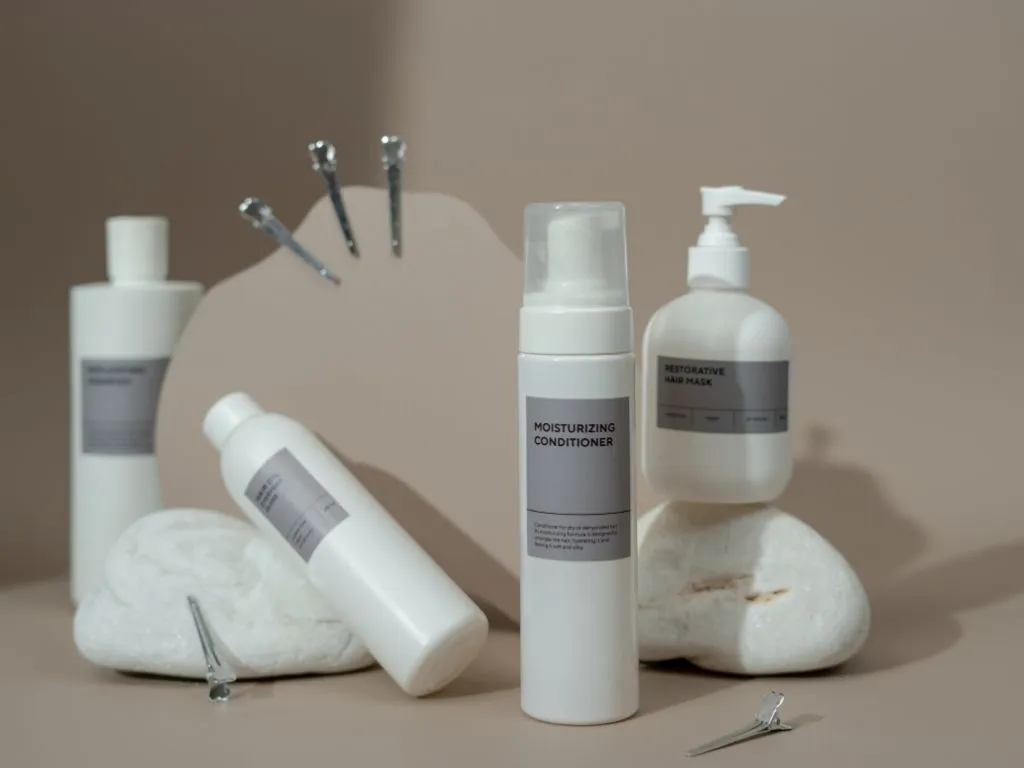- Home
- GPC Africa
Africa - Home
Login
Forget Password
News

East African Community Adopts New Standards for Skincare, Hair Dye, and Mosquito Repellents
Aug-18-2025
The East African Community (EAC) comprising Burundi, Kenya, Rwanda, Tanzania, and Uganda has officially adopted six new East African Standards (DEAS) covering various skincare, hair dye, and mosquito repellent products. According to notifications circulated by the WTO Committee on Technical Barriers to Trade on 29 July 2025, these measures were endorsed by the EAC Council of Ministers on 2 July 2025. The updated standards aim to harmonize product specifications across the region, and strengthen consumer safety, quality assurance, and market consistency.
Summary of Newly Adopted Standards:
| Standard Code & Year | Title | Part / Edition | Brief Description |
| DEAS 1205-2:2024 | Skincare special purpose product: Specification-Sunscreen | Part 2, First Edition | Sets requirements for sunscreen products, focusing on formulation, safety, and labelling to ensure adequate sun protection. |
| DEAS 1205-1:2024 | Skincare special purpose product: Specification-Anti-aging | Part 1, First Edition | Defines specifications for anti-aging skincare products, ensuring efficacy claims are supported and products are safe for use. |
| DEAS 461-2:2023 | Hair dye: Specification-Aryl di-amine-based liquid oxidation | Part 2, First Edition | Establishes standards for liquid oxidation hair dyes using aryl di-amines, addressing quality, safety, and permissible ingredient limits. |
| DEAS 461-1:2023 | Hair dye: Specification-Aryl diamine-based formulated powder | Part 1, Third Edition | Updates the standard for powdered hair dyes using aryl diamines, ensuring safe formulation and consistent product quality. |
| DEAS 1119-3:2023 | Skin applied mosquito repellents: Specification-Wipes | Part 3, First Edition | Specifies safety and performance requirements for mosquito repellent wipes, including active ingredient levels and skin compatibility. |
| DEAS 1119-4:2023 | Skin applied mosquito repellent: Specification-Bathing soap | Part 4, First Edition | Details formulation and quality criteria for mosquito repellent bathing soaps to ensure effective protection and safe skin application. |
Implications for Stakeholders :
Manufacturers and Importers: Must align product formulations, labelling, and safety testing with the new standards before placing products on the market in EAC countries.
Regulators: Will have a unified reference point for market surveillance and enforcement, helping minimize cross-border compliance issues.
Consumers: Benefit from clearer labelling requirements, improved safety safeguards and more consistent product performance.
These measures contribute to ongoing EAC efforts to strengthen regulatory harmonization in support of regional trade, as reflected in the WTO notification.

South Africa Implements GHS Revision 10 for Classification and Labelling from 1 July 2025
Jul-08-2025
On 1 July 2025, the transition period for the introduction of the tenth revised edition of the Globally Harmonized System for Classification and Labelling of Chemicals (GHS 10) was completed. The South African Department of Employment and Labour previously released Draft Regulation No. 50431, which introduces revised guidelines for limiting exposure to hazardous chemical agents (HCAs). A key element of the draft is the adoption of GHS 10, which is scheduled to take effect from 1 July 2025. Comments from stakeholders were due on 5 July 2024.
Key Updates include:
-
Adoption of GHS 10 by 1 July 2025, with phase-in schedules for future revisions:
-
GHS 11: by July 2027
-
GHS 12: by July 2029
-
Stricter labelling rules, including pictogram sizes and clearer disclosure of ingredients, especially for carcinogens and Specific Target Organ Toxicity STOT hazards.
-
Mandatory SDSs for mixtures, even if not classified for acute toxicity.
-
Revised Occupational Exposure Limits (OELs) with updated calculation methodologies.
-
Enhanced safety protocols for particulates, confined spaces, and personal protective equipment.
-
Comprehensive medical and biological monitoring, respecting ethical standards such as informed consent.
-
Employer obligations to engage health and safety committees in all HCA-related matters.
For more details, please refer to our previous news update published on GPC gateway.
Login
Forget Password
Global Product Compliance (GPC) specializes in Global Regulatory Compliance Solutions across sectors
globally. SSS Europe, a familiar name in chemical regulatory and compliance services now formally belongs
under the umbrella of GPC Holding Sweden.
Since 2008, we have emerged as one of the leading names among Global Regulatory Compliance Service
Providers with Representation services in Europe, Asia and Middle East for respective chemical
regulations.

 Twitter
Twitter
